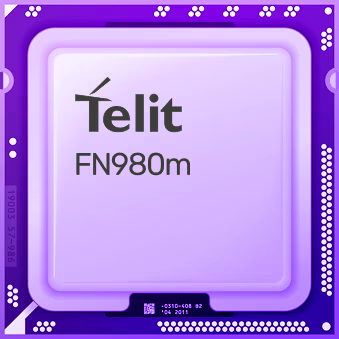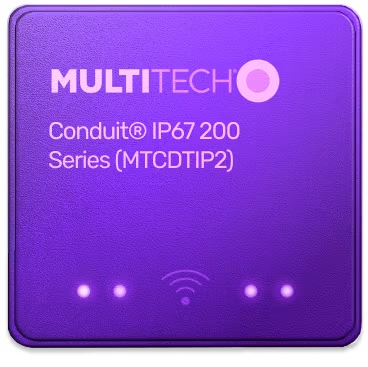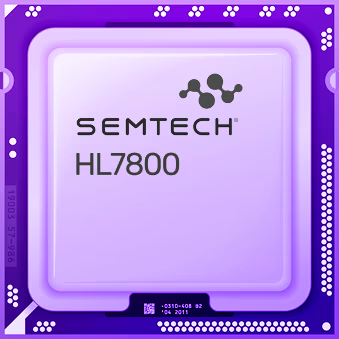Mobile. Penetrative. Intelligent. It outperforms LoRa. It replaces NB-IoT. And it’s ready for the next generation of private data control, edge intelligence and resilient infrastructure. Get wide-area IoT coverage at a fraction of traditional LTE costs. LTE-M (Long-Term Evolution for Machines) is built for the future of enterprise IoT, giving you long-range, low-power connectivity that keeps devices online for years without high costs and operational headaches.
 LTE-M
LTE-MThe Future of Low-Power Networking.

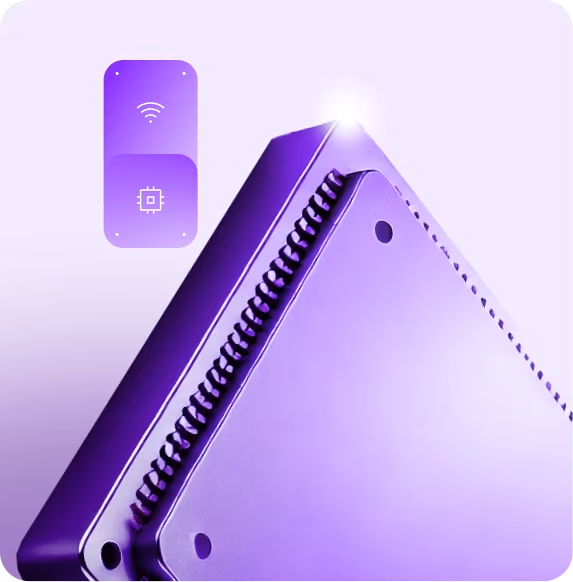
Low-Power IoT Connectivity Without the Complexity
As 2G and 3G networks sunset globally, LTE-M—also known as LTE Cat-M1—is the most cost-effective replacement for legacy IoT deployments that demand long battery life, deep coverage and seamless mobility.
Unlike unlicensed LPWAN alternatives, LTE-M operates on licensed 4G LTE spectrums, providing better reliability, lower latency and stronger security. This technology is the backbone of the next-generation IoT economy offering low-cost, scalability and built for large deployments.
Why Enterprises Choose LTE-M for Smarter IoT Connectivity
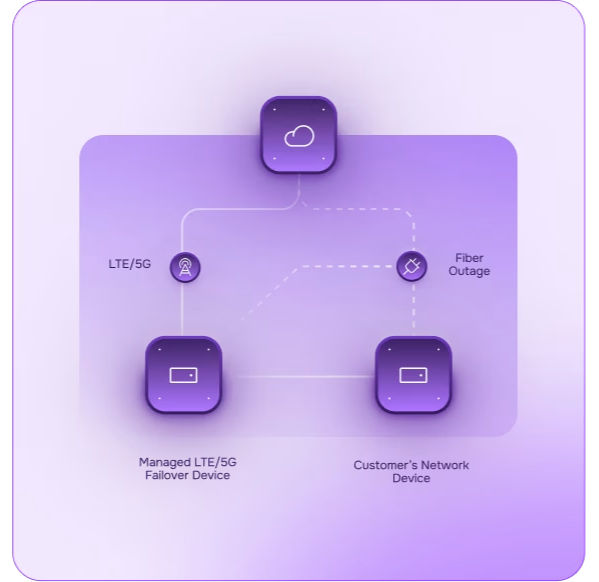
The Smarter Way to Deploy LTE-M at Scale
LTE-M is the future of low-power, wide-area IoT connectivity, delivering cost efficiency, scalability and reliability.
With end-to-end support, global carrier access and enterprise-grade security, we simplify your LTE-M deployments so you can scale without complexity.
- Bespoke network design & scoping
- AI-driven cost savings
- Enhanced security through AI-powered anomaly detection
- Real-time optimisation to reduce data usage and extend device battery life
- Multi-network support across LTE-M, NB-IoT and private 5G
Powering the Future of IoT Across Industries
Mobility meets efficiency. LTE-M supports moving assets, voice (VoLTE) and real-time control, all on low power. No Gateways. No Hacks. Native to carrier cores, LTE-M runs on licensed spectrum with full SIM-based security. Enterprise-Ready. Scalable, battery-friendly and certified worldwide. If you’re building serious IoT, this is the protocol solution. Ready to deploy at scale? We scope. We simplify. We deliver. From SIM to silicon, we build LTE-M solutions that work, without the noise.
Leading LTE-M Hardware for Your Deployment
Further Information
Everything You Need to Know About LTE-M
LTE-M delivers low-power, long-range IoT connectivity with enterprise-grade security. But how does it compare to NB-IoT, LoRa and Sigfox and is it the right solution for your business?
- How does LTE-M compare to NB-IoT, LoRa and Sigfox?
LTE-M supports mobility, lower latency and stronger security compared to NB-IoT, LoRa and Sigfox. Unlike NB-IoT, which is best for stationary sensors, LTE-M allows handover between cell towers, making it suitable for moving assets like vehicles and logistics tracking. LoRa and Sigfox operate on unlicensed spectrums, meaning they have lower security and reliability compared to LTE-M, which runs on licensed LTE networks.
- Can LTE-M devices roam internationally?
Yes. Since LTE-M operates on existing 4G LTE networks, it allows seamless global roaming without needing new infrastructure. This makes it a preferred choice for businesses managing IoT devices across multiple regions.
- How long can an LTE-M device run on battery power?
LTE-M devices are optimised for ultra-low power consumption, allowing them to run for 5-10 years on a single battery, depending on data transmission frequency and network conditions.
- Does LTE-M support real-time applications?
Yes. LTE-M has lower latency than NB-IoT, making it suitable for real-time or near real-time applications like health monitoring, security alarms and emergency response systems.
- Can LTE-M be used for voice communication?
Yes, LTE-M supports VoLTE (Voice over LTE), which enables voice calls for emergency devices, medical applications and remote monitoring—a feature that NB-IoT, LoRa and Sigfox lack.
- Is LTE-M secure?
Yes. LTE-M operates on licensed LTE networks and includes enterprise-grade security features like encryption, anomaly detection and network resilience monitoring, reducing risks of unauthorised access and cyber threats.
- What industries benefit most from LTE-M?
LTE-M is widely used in fleet tracking, smart metering, healthcare, smart cities, industrial IoT, retail payment systems and agriculture.
Other Connectivity Solutions

Low cost, low power connectivity with exceptional range and penetration capabilities for hard-to-reach locations.


The cost-effective and reliable solution for mass data delivery, with sensor battery life of up to 10 years and no ongoing costs.

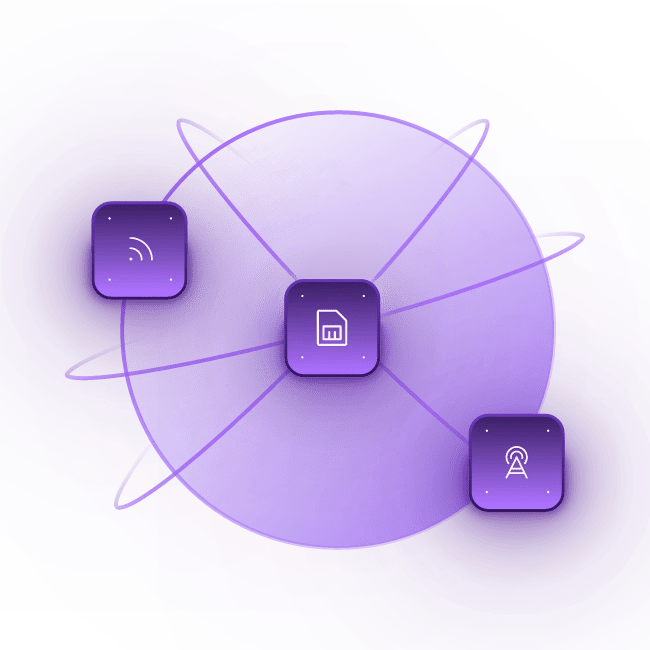
Dynamically switch between networks to enhance connectivity and seamlessly connect to the strongest network in any location.


Seamless, reliable connectivity across the UK with automated local network switching for optimal performance.

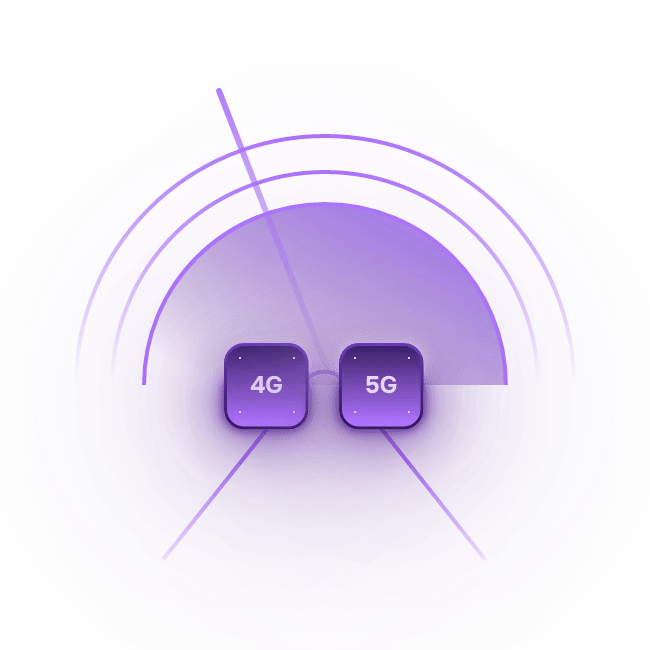
Custom connectivity solutions requiring 4G and 5G networks for wireless access, day-one deployment, challenging locations and more.


Global delivery and installation of the first Managed LEO services in over 70 countries – for unparalleled connectivity whenever and wherever you need it.

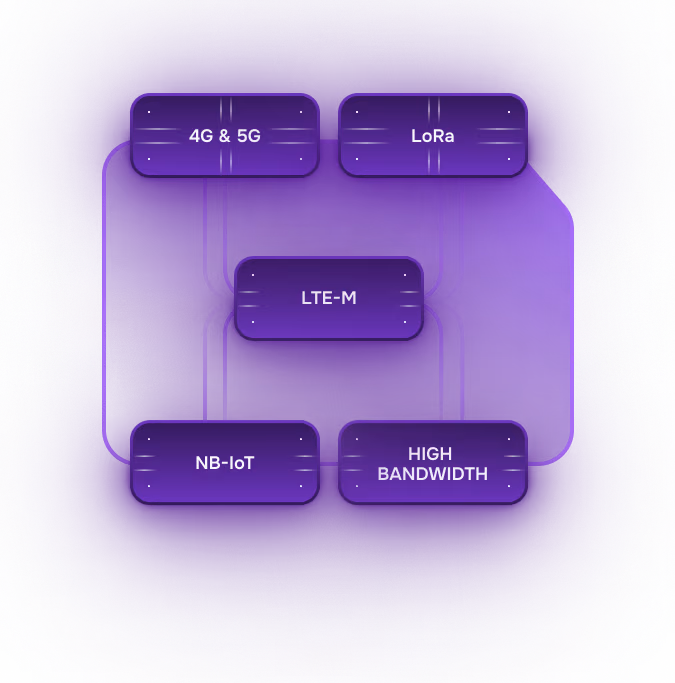
Wireless network backup solutions with up to 99% network availability and remote management to ensure service continuity.

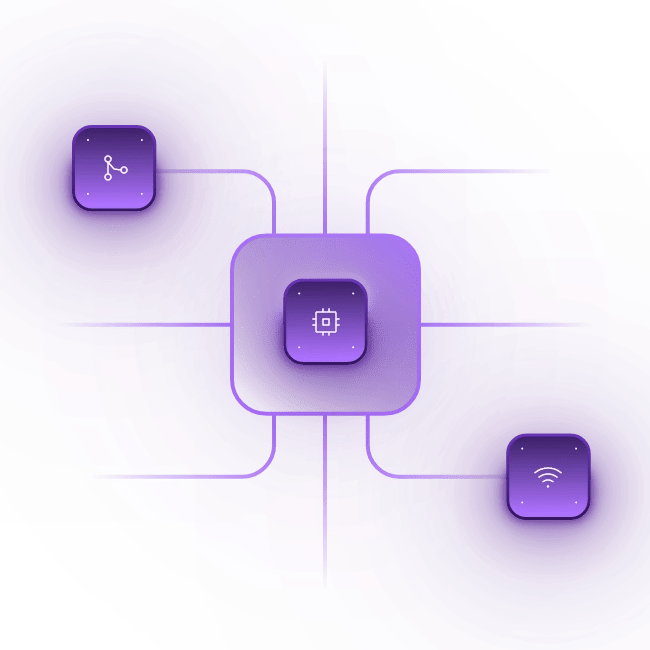
Immediate enterprise-grade connectivity to provide high-speed, secure network access from day one of your operations.


Access reliable, high-speed connectivity in temporary locations with fast and flexible LTE and 5G deployments.

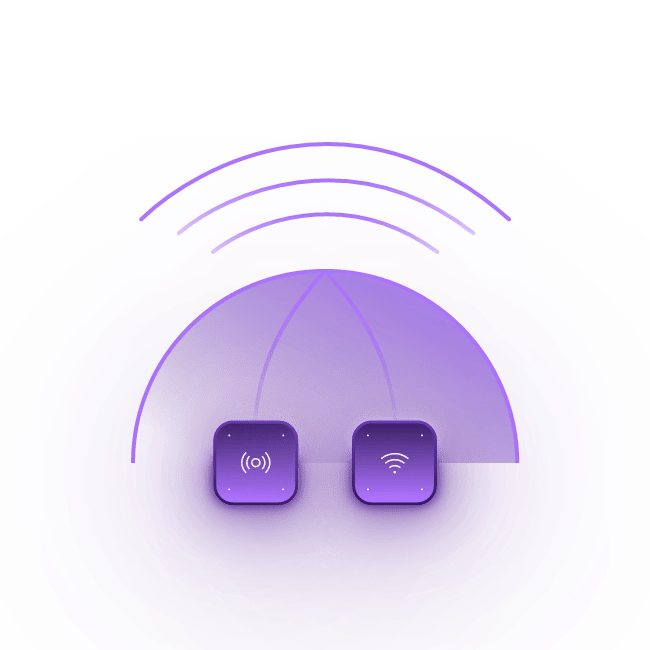
Reliably gather data from IoT devices in remote or hard-to-reach locations without interruptions, using secure, high-speed LTE or 5G.

- NB-IoT
-

Low cost, low power connectivity with exceptional range and penetration capabilities for hard-to-reach locations.
- LoRa
-

The cost-effective and reliable solution for mass data delivery, with sensor battery life of up to 10 years and no ongoing costs.
- Global eSIM
-

Dynamically switch between networks to enhance connectivity and seamlessly connect to the strongest network in any location.
- UK IoT SIM
-

Seamless, reliable connectivity across the UK with automated local network switching for optimal performance.
- High Bandwidth Wireless Access
-

Custom connectivity solutions requiring 4G and 5G networks for wireless access, day-one deployment, challenging locations and more.
- Managed Starlink (LEO)
-

Global delivery and installation of the first Managed LEO services in over 70 countries – for unparalleled connectivity whenever and wherever you need it.
- Automated Failover
-

Wireless network backup solutions with up to 99% network availability and remote management to ensure service continuity.
- Day One Deployment
-

Immediate enterprise-grade connectivity to provide high-speed, secure network access from day one of your operations.







